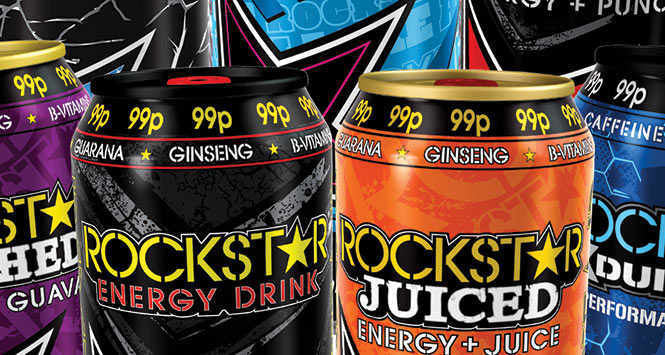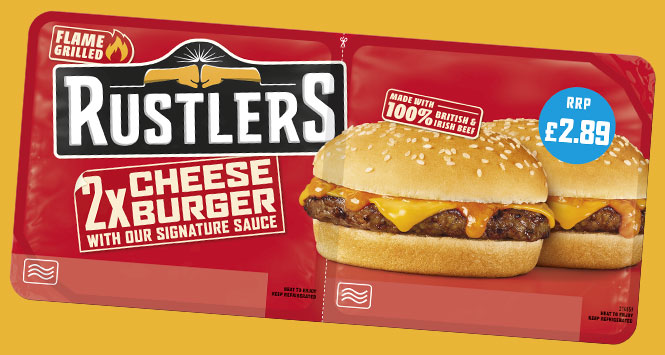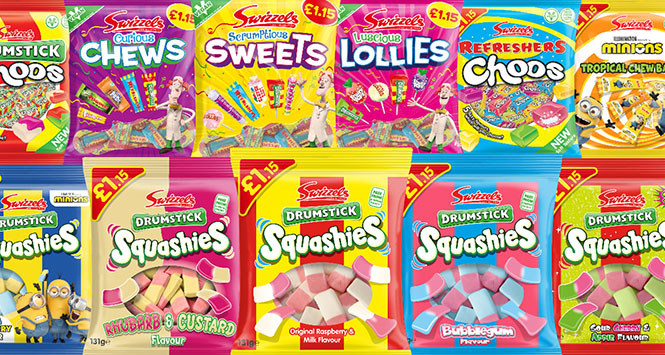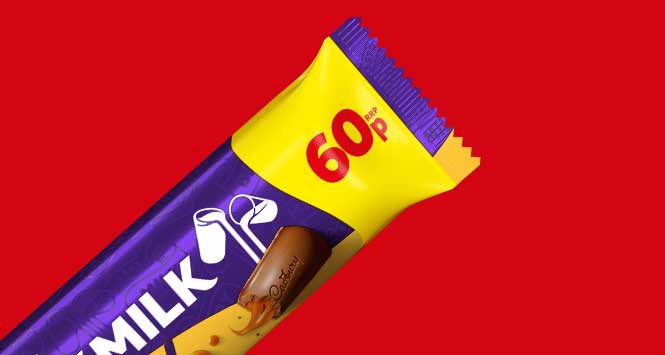It’s no longer a question of whether or not to stock price marked packs, but taking careful consideration of how many, and in which categories. Such is the popularity of PMPs that even multibuys are based around them, but how much is too much?
The rise of the price marked pack is one of the most intriguing phenomena in the independent sector in recent years. It is no longer a new phenomenon however and retailers for the most part have set their stall out, and overwhelmingly it is price marked stock that is preferred in huge areas of stores, from tobacco to alcohol, snacks to ambient grocery. For retailers, there is a different challenge – it is not now a case of deciding whether or not to stock price marked packs, but which to stock, and what percentage of a fixture to give over to products with PMPs.
Then there’s the next step in PMP; through deals with wholesalers some retailers are now offering prices below the price mark. When PMPs emerged it was to highlight value – by offering products that are below the price on the packaging, that perception is pushed even further, though of course margins are squeezed a little. The benefit however is an increase in volume and subsequently, profits.
Another recent tactic to be employed by suppliers is multibuy on price marked packs. AG Barr, for example, ran a £1.29/2 for £2 flash on pack across Rubicon cartons which proved so successful that it is being repeated on Irn-Bru.
Of course, these round figures are a total winner for retailers in terms of sales. “The £1 price point works really well on multi-pack confectionery, household products and toothpaste and shower gels for example,” says John Kinney, Retail Director, Today’s Group. “There are a lot of £1 priced products in the market now driven from the discount channel and the convenience channel has responded well to meet the consumers’ expectations. But the challenge is hitting this price point but still providing a sustainable shared margin.”
The soft drinks chiller is one of the key battleground for PMPs, with Britvic also offering a number of lines. The company offers PMPs of 49p in cases of 24x330ml cans across its carbonates and fruit carbonates range which include popular brands Pepsi, Pepsi MAX, Diet Pepsi, 7UP and Tango. Britvic says price-marked packs are part of its on-going investment to support the independent channel and aims to give retailers the tools to offer even more visible value-for-money to their customers.
For retailers who remain unconvinced of how to manage price marked packs, Mondelez International’s Trade Communications Manager Susan Nash says retailers need to look at PMPs as just another type of promotion. She says “PMPs are a type of promotion, so retailers should be advised to consider how much of their stock they want to be perceived as ‘on promotion’ – if they are offering nearly all their stock as PMP, is this giving shoppers an expectation of a store that can’t be continued long term?”
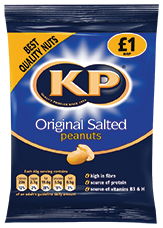
PMPs going nuts
KP Nuts recently launched a selection of £1 price-marked packs (PMPs) across its best-selling flavours in an attempt to boost incremental retail sales value in the nuts category. Available exclusively to convenience and independent retailers, the new KP Nuts £1 PMP handy packs will be available in cases of 12 across the brand’s best-selling variants – Original, Dry Roasted, Spicy Chilli and Salt & Vinegar. Retailers can also take advantage of special deals that are being offered through key wholesale accounts, including a ‘2 for £11’ case promotion.
Nash says that there are a number of variables to take into consideration, such as product format, product category, unit price, customer profile, seasonality, frequency of purchase and store environment.
“Retailers should make sure they have a great display in key areas, so consumers can see PMPs and to maximise impulse purchasing,” she says, highlighting that 68% of shoppers don’t see confectionery while in store, and of those who do, 80% usually purchase. “Ensuring every customer notices a PMP or any promotional offer is critical, the number one reason for purchasing on impulse is incentivised by a deal or promotion,” she says. “A secondary POS display in a high traffic area can be very effective as it will improve visibility.”
Even newly launched products aren’t immune from the price mark treatment; at Burton’s Bicuit Company, both Maryland Soft Baked cookies and Jammie Bakes are available as £1.39 PMPs.
Key categories such as bread and milk tend to have more focus placed on their prices – consumers are more aware of what they are spending on products they buy on a daily basis. With bread, an increase in prices over the last couple of years is beginning to rescind and PMPs are playing a greater role. Allied Bakeries has introduced a variety of PMPs across its range of Kingsmill products over the past 18 months including Kingsmill Rolls, Crumpets, Muffins, Pancakes, the popular Kingsmill 50/50 800g loaf and most recently on its Kingsmill Great White loaf.
Kepak recently launched what it called the Rustlers Super 6 range, all price-marked at £1.99. “By focusing on Rustlers Super 6, retailers can share in what we reckon will be an additional £5m worth of micro-snacking sales in the first year,” says John Armstrong, Marketing Director of Kepak Convenience Foods. “The introduction of price-marking across the range strengthens the offer, providing price-conscious consumers with the reassurance they’re looking for.”
In the drinks cabinet Diageo has a number of price marked packs on its leading brands, including Pimm’s Strawberry, Johnnie Walker Red Label and Smirnoff Premix cans.
“Price marked packs are very important within the convenience channel, as Diageo’s shopper understanding research shows,” says Paul Isherwood, Head of Category Development – Off-Trade GB, Diageo. “It revealed that 60% of shoppers would not consider buying beer from a convenience store unless it was price marked and that 65% of convenience shoppers surveyed would buy premixed cans if price marked.”
There’s no doubting the popularity of price marked packs among consumers and retailers. It needs careful management however – as Susan Nash mentions, there comes a point where retailers must look at PMPs as another promotional device, and if a product is on promotion permanently, it becomes devalued.
John Kinney says: “PMPs have gone a long way to address the poor value for money perception of the convenience retail channel, but setting PMP price-points needs to be well considered. If they are set too low they will not deliver an appropriate shared margin for the retailer and wholesaler and the ability to further promote them will be limited. Set too high and they will do more damage than good.”
For retailers, it’s about finding balance, working with suppliers and wholesalers to create a strong offering that showcases the value of the independent sector, while continuing to increase sales.


